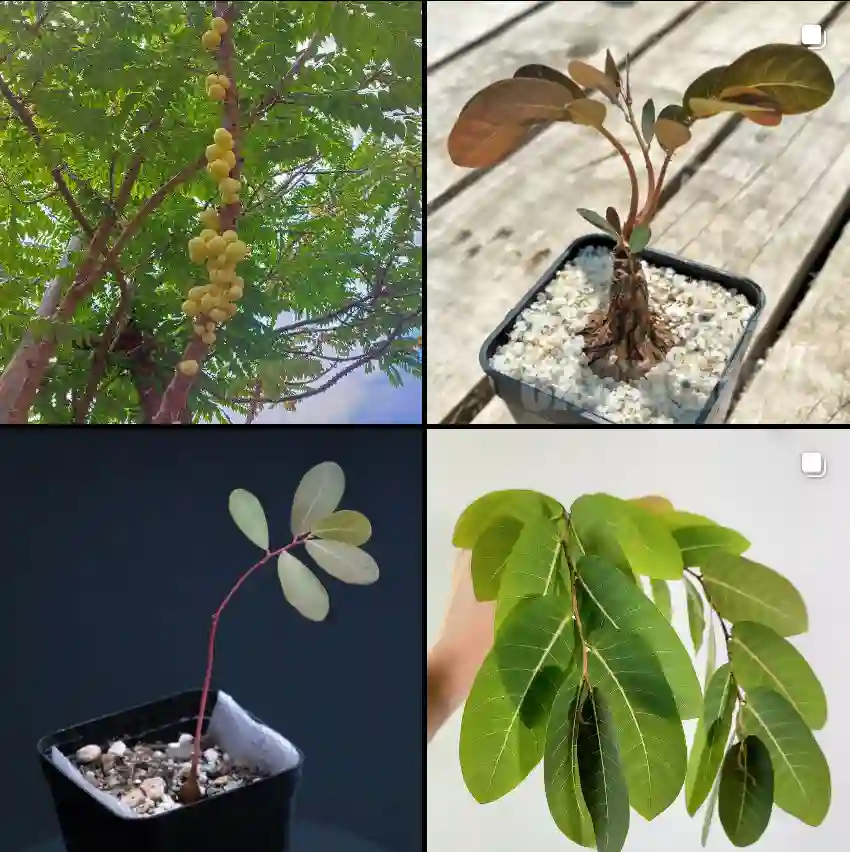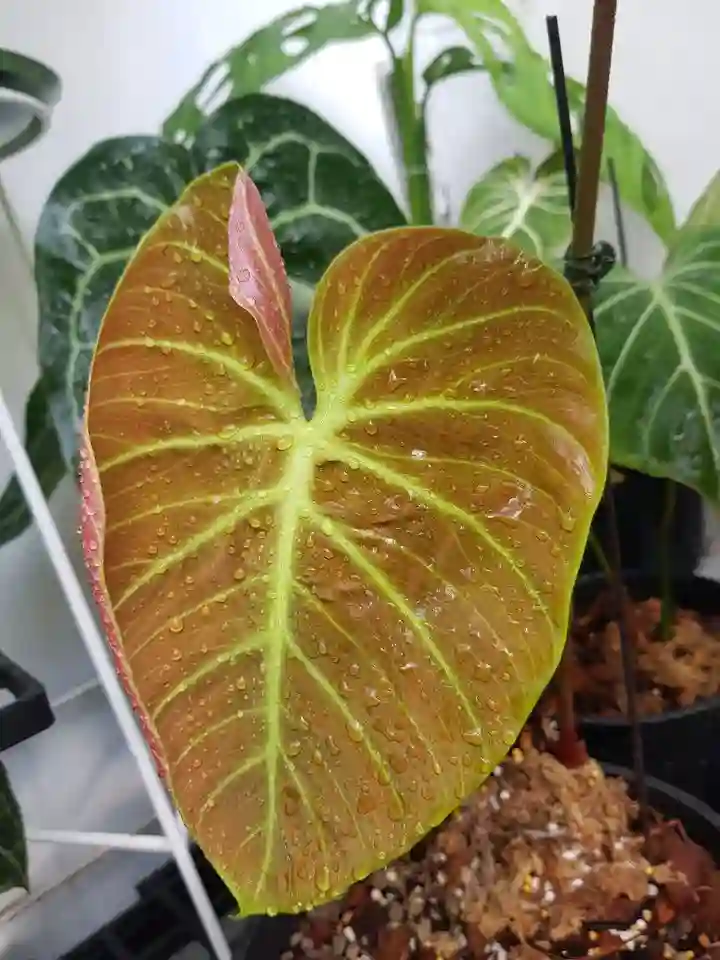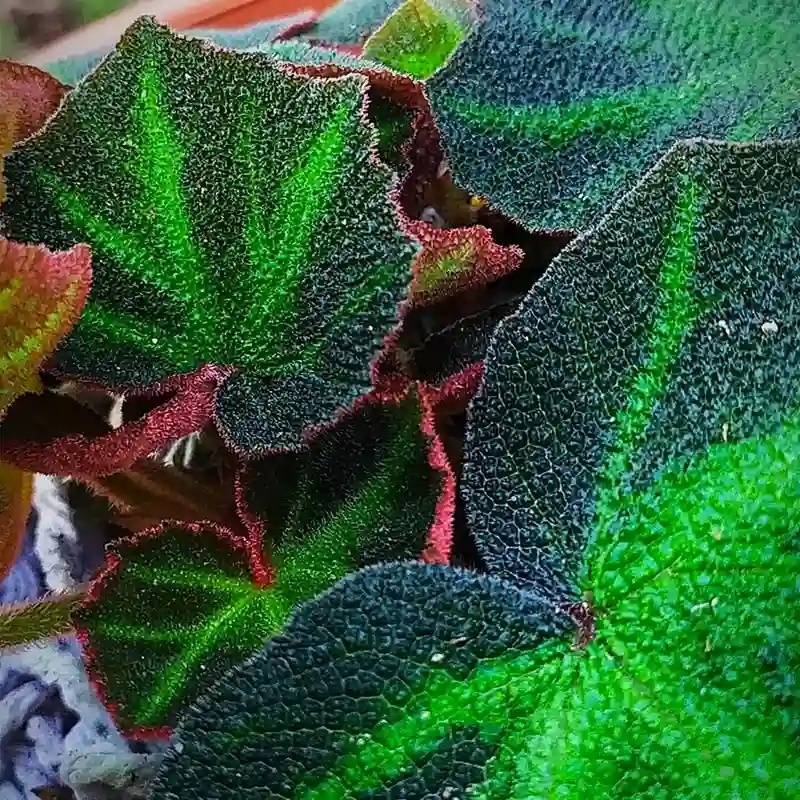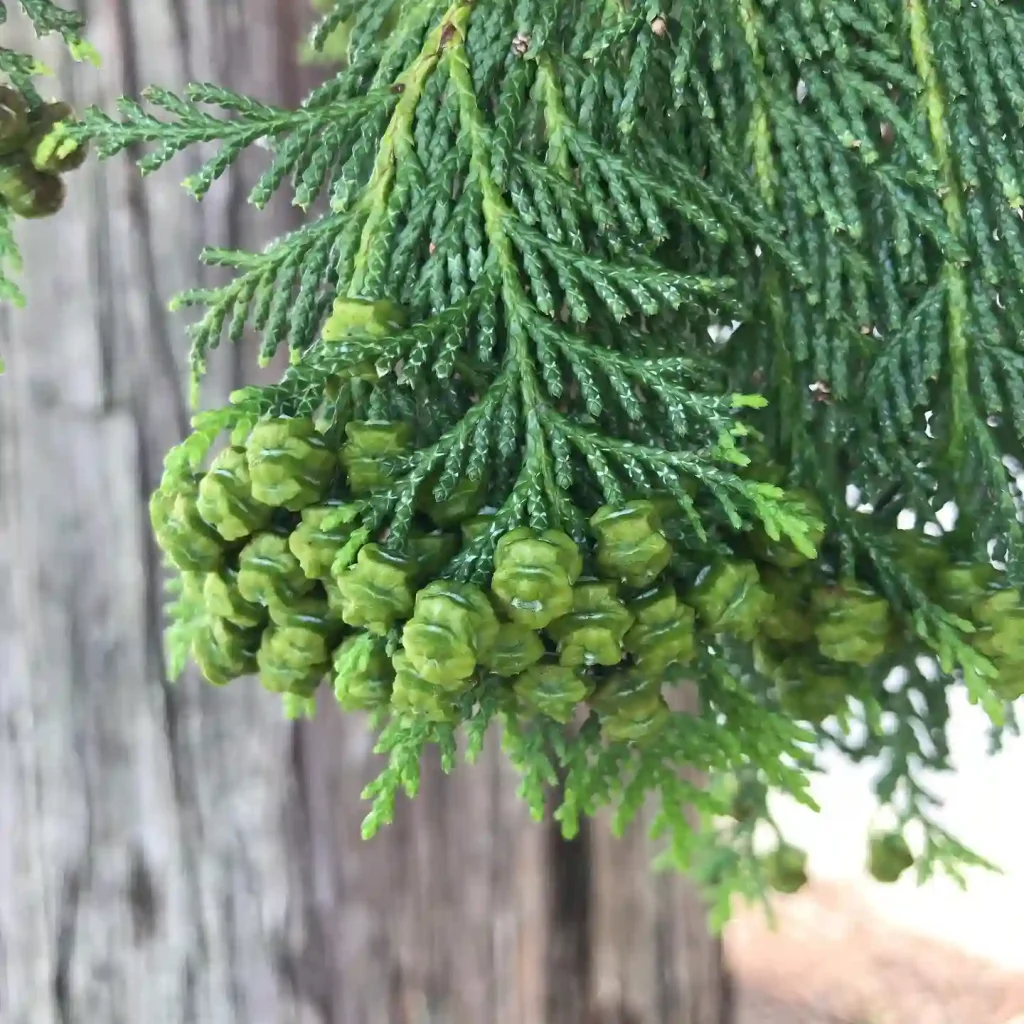
What is Hemionitis Arifolia?
Ah, the Heart Fern (Hemionitis arifolia). Its name isn’t just whimsical; its glossy, emerald green fronds unfurl in perfect heart shapes, a captivating sight on any windowsill. But for pet owners like myself, the question of toxicity always lingers. Can my furry (or feathery) friend coexist peacefully with this beauty?
Fear not, fellow plant enthusiasts! This article delves into the world of Hemionitis arifolia, addressing not only its pet-friendliness but also offering valuable tips on care, propagation, and companion planting.
Is the Heart Fern Hemionitis Arifolia Non-Toxic to Pets?
The good news is, Hemionitis arifolia is generally considered non-toxic to both cats and dogs according to the American Society for the Prevention of Cruelty to Animals (ASPCA) [ASPCA website on toxic plants]. This means you can breathe a sigh of relief if your curious critter takes a nibble on a frond. However, it’s important to remember that even non-toxic plants can cause stomach upset if ingested in large quantities.
Here’s the thing: pets can be quite destructive when it comes to houseplants. Chewing on leaves can damage the plant and potentially cause digestive issues for your pet. To avoid any problems, deter your furry friend from the Heart Fern with deterrents like citrus peels (placed strategically, not directly on the plant) or scratching posts placed near the fern.
Bringing Home a Heart Fern: Choosing the Perfect Plant
Now that we’ve established the pet-friendliness of Hemionitis arifolia, let’s talk about acquiring one! When choosing your Heart Fern, look for healthy, vibrant green fronds with no signs of browning or wilting. The soil should be moist but not soggy.
Hemionitis arifolia thrives in bright, indirect light. Avoid harsh sunlight, which can scorch the delicate fronds. Opt for an east-facing window or a spot that receives filtered light throughout the day.
How to care for Hemionitis Arifolia?
Hemionitis arifolia is a relatively low-maintenance fern, but a few key things will ensure it flourishes in your home.
- Watering: Keep the soil consistently moist, but not waterlogged. Aim for a watering routine where the top inch of soil dries slightly between waterings.
- Humidity: Heart Ferns love humidity. Group your Hemionitis arifolia with other humidity-loving plants, use a pebble tray filled with water, or consider a humidifier.
- Fertilizing: During the growing season (spring and summer), a light application of a balanced liquid fertilizer once a month will keep your Heart Fern happy.
Propagating Your Heart Fern: Sharing the Love
Heart Ferns are surprisingly easy to propagate, allowing you to share the love (and the adorable heart-shaped fronds) with friends or family. Here’s how:
- Identify a healthy frond with a visible “crown” (the point where the frond meets the main stem).
- Using a sharp, sterilized knife, cut the frond at the base of the crown.
- Choose a pot with drainage holes and fill it with a well-draining potting mix.
- Plant the frond base, ensuring the crown is positioned just below the soil surface.
- Water generously and keep the soil consistently moist.
- Place the pot in bright, indirect light and wait patiently. With proper care, new growth should emerge within a few weeks.
Planting Perfect Partners for Your Heart Fern
Hemionitis arifolia thrives when grouped with other plants that share similar light and humidity requirements. Here are some ideal companions:
- Staghorn Fern (Platycerium bifurcatum): Another low-maintenance fern with a unique form, creating a visually interesting juxtaposition.
- Calathea varieties: These stunning prayer plants share the Heart Fern’s love for humidity and bring a pop of color with their patterned leaves.
- Fittonia albivenis (Silver Nerve Plant): This low-growing plant with vibrant green and white foliage adds texture and complements the Heart Fern’s heart shapes.
By following these simple tips, you can cultivate a thriving Heart Fern (Hemionitis arifolia) and enjoy its lush greenery for years to come. Remember, a happy plant means a happy pet owner (and a happy pet, hopefully!).
If i die, water my plants!



